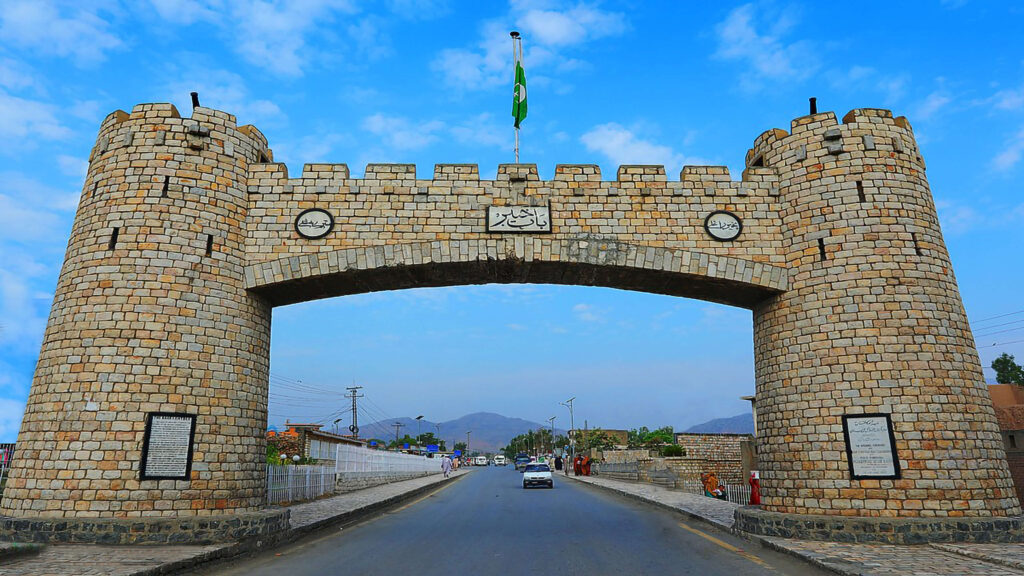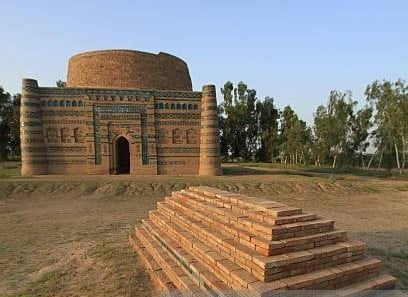Khyber Pakhtunkhwa (KP), located in northwest Pakistan, boasts a rich history and vibrant cultural heritage. Its strategic position has made it a melting pot of South Asian, Central Asian, and Persian influences. This blog explores KP’s unique traditions, from cuisine and attire to festivals and social customs.
Cultural and Traditional Heritage of Khyber Pakhtunkhwa
The Heart of Pashtun Culture
At the core of KP’s identity lies the Pashtun community, known for its strong values and traditions. The ancient code of conduct, Pashtunwali, shapes social norms by emphasizing hospitality (Melmastia), honor, and justice. Pashtuns warmly welcome guests, considering hospitality a fundamental virtue.
Traditional Music and Dance
Music and dance play a crucial role in KP’s culture. The Attan, a traditional folk dance, brings communities together during celebrations. Dancers move in energetic circles while musicians play instruments like the rubab, sitar, and tabla, creating an atmosphere of joy and unity.
Culinary Delights of Khyber Pakhtunkhwa
KP’s cuisine reflects its geography and cultural influences, featuring meat-rich dishes, dairy products, and traditional bread. Here are some must-try delicacies:
- Chapli Kebab – This spicy minced meat patty, often made from beef or lamb, bursts with flavors from coriander and chilies.
- Peshawari Naan – A sweet, nut-filled bread that pairs perfectly with rich meat curries like Nihari.
- Kabuli Pulao – A fragrant rice dish with lamb, raisins, and carrots, offering a milder alternative to biryani.
- Dum Pukht – Slow-cooked meat, sealed in a pot to enhance tenderness and flavor.
- Bannu Beef Pulao – A famous beef and rice dish, beloved across Pakistan for its delicious taste.
Traditional Attire and Festivities
Clothing in Khyber Pakhtunkhwa
Traditional clothing in KP balances modesty with practicality:
- Men wear the shalwar kameez, often paired with a waistcoat for formal occasions. In rural areas, the Pashtun turban or pakol remains a common accessory.
- Women also wear shalwar kameez, typically adorned with vibrant embroidery. Many women use shawls or chadors in public settings.
Festivals Celebrated in KP
The province hosts various cultural and religious festivals that highlight its rich traditions:
- Eid ul-Fitr & Eid ul-Adha – These Islamic festivals involve communal prayers, feasting, and acts of charity.
- Jashn-e-Spring – A celebration of spring featuring traditional games, music, and dance.
- Pashtun Cultural Day – An annual event honoring Pashtun heritage through clothing, music, and literature.
Social Structure and Tribal Influences
The tribal system remains a cornerstone of KP’s society, particularly in rural regions. Elders, known as maliks, uphold traditions and resolve disputes. The Jirga system, a council of tribal leaders, ensures justice based on customary laws. Key cultural values include:
- Nanawatai – Offering asylum, even to adversaries.
- Badal – The principle of retribution and honor.
Architecture, Art, and Literature
KP’s architecture blends Mughal, Persian, and Central Asian styles. Notable landmarks like the Mahabat Khan Mosque showcase this diversity. The province also thrives in craftsmanship, producing handwoven rugs, pottery, and embroidered fabrics. Popular souvenirs include Chitrali hats and Swati shawls.
Pashto remains the dominant language, alongside Hindko and Kohistani dialects. KP has a rich literary tradition, particularly in poetry. The legendary poet Khushal Khan Khattak eloquently captured Pashtun culture, values, and the region’s beauty in his works.
Conclusion: The Essence of KP’s Culture
Khyber Pakhtunkhwa offers a fascinating blend of history, traditions, and social values. From its flavorful cuisine and colorful attire to its spirited festivals and literary legacy, KP remains a cultural gem where heritage and identity thrive.



